Watch more videos here
Ukrainian violinist Vadym Makarenko and the Infermi d’Amore ensemble perform a reconstruction of Vivaldi’s Violin Concerto RV320.
This work features on their upcoming album of reconstructed and previously unrecorded Venetian music, Lost in Venice, to be released on 25 November of Eudora Records. Musicologist Olivier Fourés shares some insight on the album here:
’You cannot take a step in the city without setting one foot in the sea’ - De Brosses
Venice was founded in the fifth century, on hundreds of small islands within a lagoon, by those fleeing from invaders who came from more northerly regions of Europe. There was no need for fortifications, city gates or sentries – the watery labyrinth was enough in itself to make La Serenissima ’impregnable from land or sea.’ (De Brosses).
The city is, therefore, disorientating by its very nature. Its central artery, the S-shaped Grand Canal, thwarts any attempt you might make to find your bearings. Perhaps it was this that contributed to the emergence of a culture more sensual than cerebral, more shrewd than well-educated, more oral than written, more practical than theoretical, more questioning than affirmative; a culture in which people’s appearance and social standing could be hidden behind masks, in which parties, balls and theatres were everything, in which literary academies played with ideas under the motto ’ex ignoto notus’(’the known from the unknown’), and in which even mirrors were not to be trusted:
’Venetian mirrors are never straight, they never reflect your image back at you. They are angled, forcing you to look elsewhere. There is undoubtedly a slyness, an element of espionage in them, but they protect you from the dangers of futile, morose self-contemplation. Faced with a Venetian mirror, Narcissus would have been spared his fate.’ - Michel Tournier
Read: ‘Its brilliance overwhelmed me with emotion’ - Philippe Quint on Franck’s Violin Sonata
Read: The world’s most expensive violin: the 1741 ‘Vieuxtemps’ Guarneri ‘del Gesù’
This recording seeks to pay homage to this kind of nebulous, fragile, elusive expressiveness, and to the pleasure of discovery, so symbolic of the Baroque period, by presenting its listeners with “lost” works: music that was left unfinished, or fell into neglect, or found itself in Venice purely by chance.
Vivaldi’s Violin Concerto, RV 320 is very different in terms of its character and level of ambition. Representing the composer’s late period (post 1729), it offers a rhapsodic mix of all the elements he had developed thus far: instrumental virtuosity, theatricality, spirituality, dance, descriptive writing and formal experimentation. The constant light and shade of the first movement is worth noting, as is the unusual final dance, somewhere between a passepied and a forlana. The last pages of the manuscript of this concerto have been lost, taking with them the second half of its third movement. A reconstruction is offered here, based on the structure of other works by Vivaldi.
We know beyond a shadow of a doubt that many examples of Venetian Baroque music have been lost. The city’s librarians used to recall with a touch of cynicism that reams of manuscript paper had been used in the past to mop up all-too-frequent flooding incidents. Those works that have survived, however, show that the primary function of their particular form of expression was not to endure, but to act as a snapshot of life’s mysteries, captured with the utmost skill, imagination, wit and spontaneity.
Read: Session Report - Boris Begelman on recording Vivaldi Violin Concertos
Read: ‘I’ve always been led by music’: cellist and gambist Christophe Coin
Read: Technique: Early music articulation for modern instrumentalists
Discover more Featured Stories like this in The Strad Playing Hub























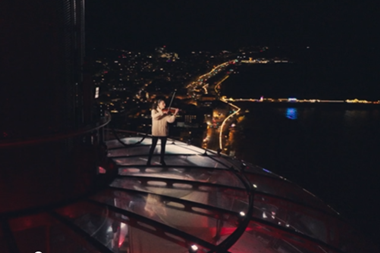
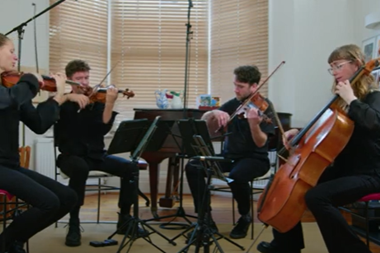

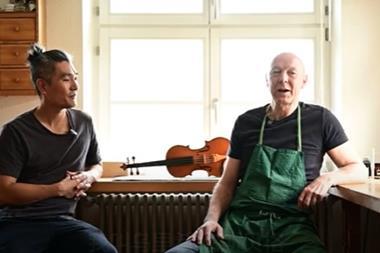










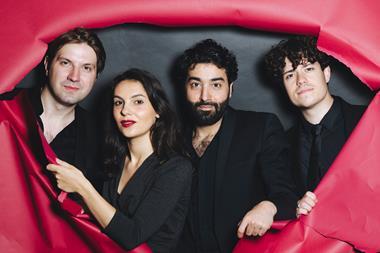

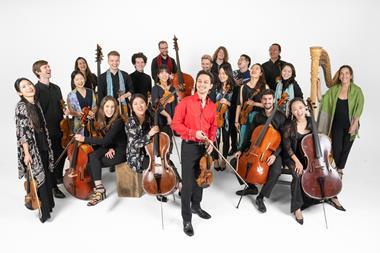
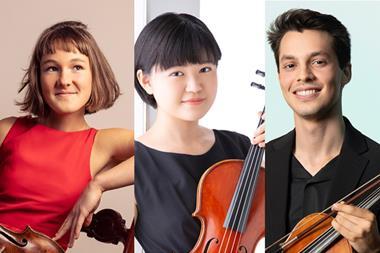
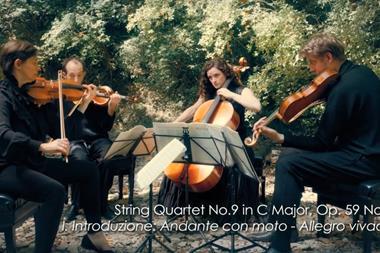












No comments yet